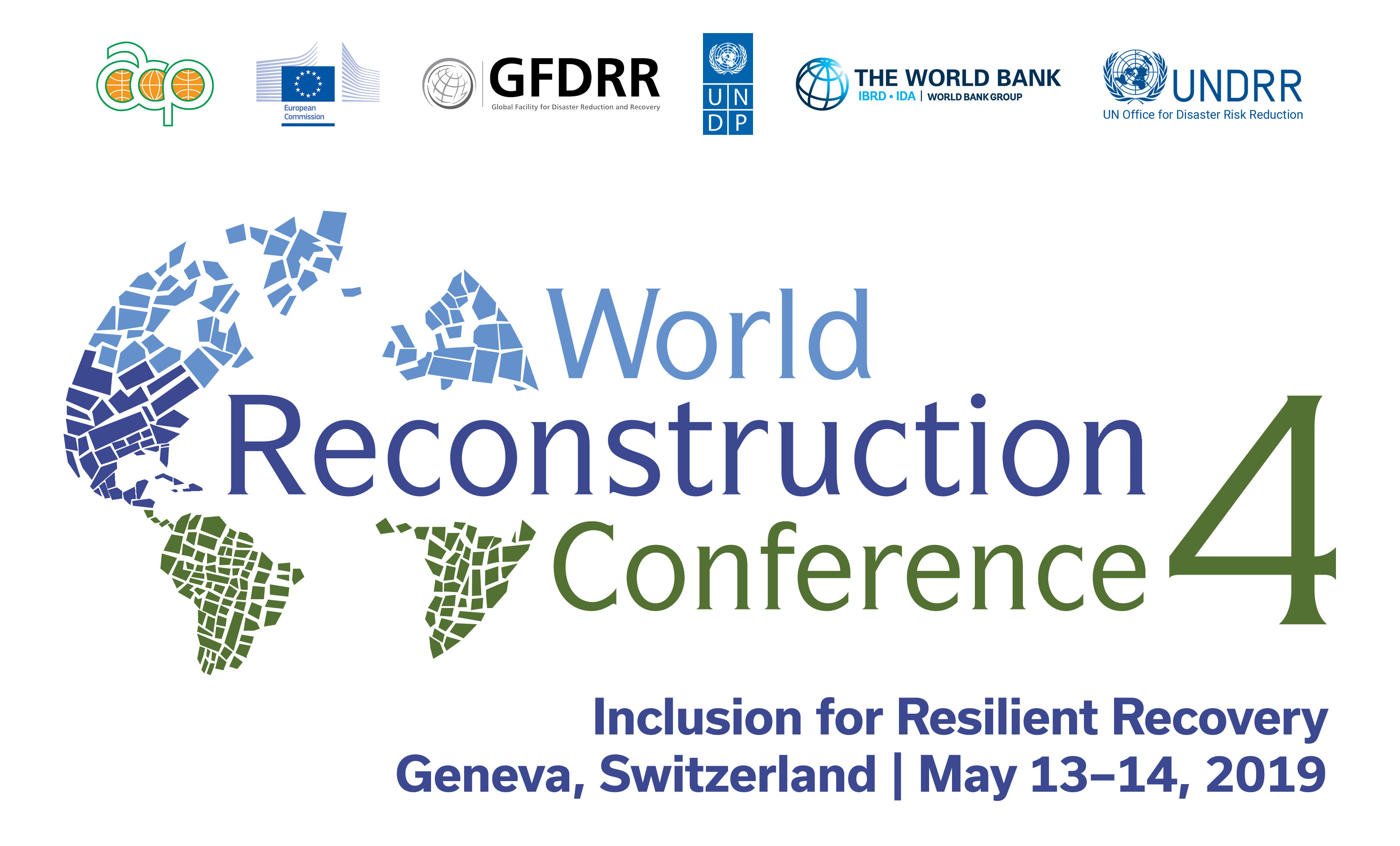Session Summary
The main thrust of the third plenary session was to articulate the risks of exclusion and the opportunities offered by inclusion. A simple change of perspective among stakeholders can transform a risk into an opportunity. Disasters do not discriminate, but people do, and it is those expressions of exclusion that contribute to people’s vulnerability to the impacts of natural hazards and climate change. If reconstruction and recovery programs are to achieve the often-stated goal of making communities more resilient to future hazard events and climate change, three things are required: a clear understanding of the pre-existing social, political, and economic factors that contributed to the vulnerability of the poor and marginalized before the disaster; recognition and understanding of how relief, recovery, and reconstruction interventions can reduce, reinforce or increase those vulnerabilities; and investment in actions to ensure these groups are effectively reached and empowered and their capacities are mobilized.
There are costs incurred when we exclude people. And there are real opportunities when we ensure an inclusive approach. The Boko Haram insurgency devastated the social and economic fabric of Borno state, Nigeria pushing people further into poverty. The deficient case of crisis recovery here stemmed from a lack of community participation. Citizens need to be consulted to evolve integrated approaches in tandem with their cultural values and aspirations. This requires time, patience, and engagement with the community. Besides physical infrastructure such as hospitals, water supply, security, and the provision of livelihood support, policy implementation needs to reach the hearts and minds of the community to be truly inclusive. Empowering the community and setting up grievance redress mechanisms are central to minimizing risks of exclusion. Participatory planning in reconstruction, for instance, could have saved substantial resources in toilet construction because community feedback would have revealed that the water closet system is not used by communities in Nigeria.
The case of post-tsunami disaster recovery efforts in the town of Rikuzentakata in Iwate prefecture of Japan has become symbolic of inclusive methods in the recovery and reconstruction efforts of the city. The recovery and reconstruction effort focused on Building Back Better, creating a resilient city, with inclusiveness and accessibility. Action Plans for reconstruction entailed detailed discussions with diverse groups including people with special needs. The reconstruction was predicated on the ideal that no one should be left behind. Eight years later, despite an unrelenting and coordinated inclusive effort, 675 people are still living in 275 temporary housing units, emphasizing the need for a long-term policy and sustained effort, and the need to fast-track innovations through further community engagement.
Recovery efforts in the Chimani district (Zimbabwe) excluded women, which came at a significant cost as cultural norms were not addressed. The gender bias that excluded women’s participation in recovery planning meant that the lessons learned were not received by the community. Women had local strategies they could have contributed which would have helped in recovery, but because information was not shared with them and they were excluded from the planning process, the loss was the greater. As a result, the same vulnerable groups suffer from repetitive loss due to flooding year after year. Existing organized groups that study risk and do mapping must include women to harness the skills available in the community so that lessons learned are integrated into it. Grassroots women are the real stakeholders in the recovery process, so communities need to build capacity and share key learnings with their meaningful, authentic and robust participation.

